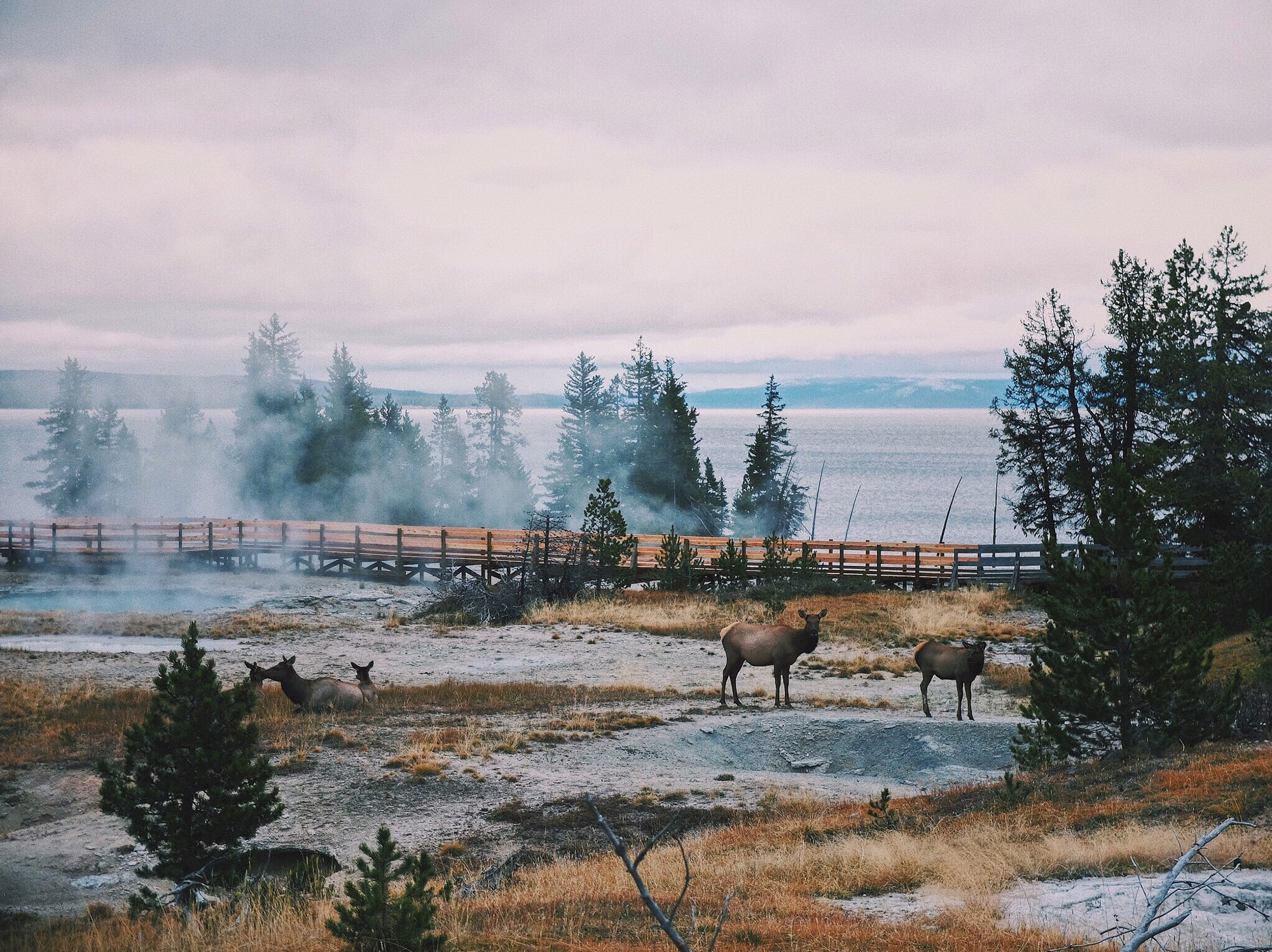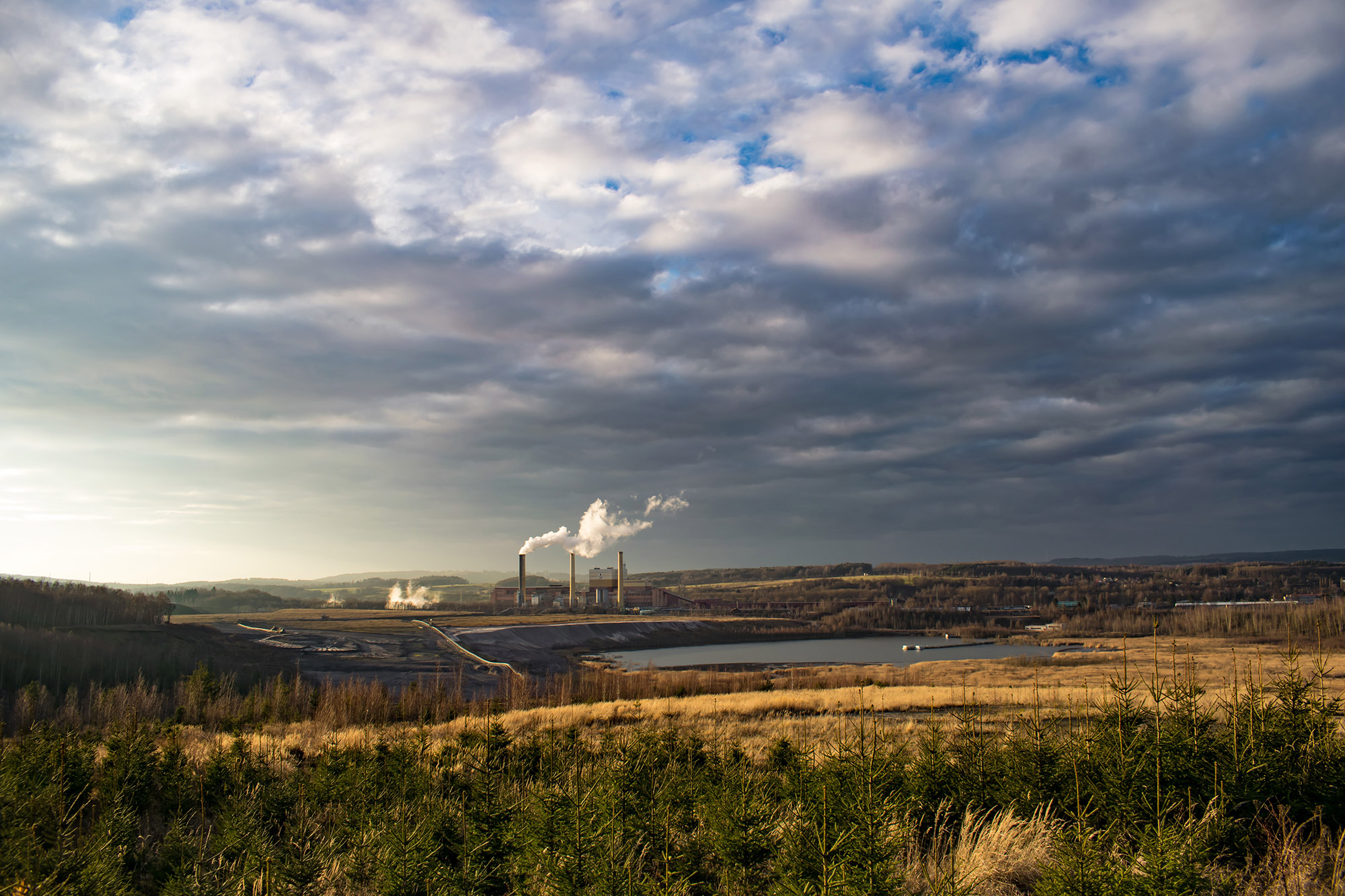Carbon is found in plants and animals, in soil and rocks, in rivers, lakes, and oceans, and as carbon dioxide (CO2) and other greenhouse gases in the atmosphere. The movement of carbon between the earth, the air, and living things is called the carbon cycle. Trees play an essential role in this process.
Photosynthesis
During photosynthesis, trees make sugar out of water from the soil, CO2 from the air, and energy from sunlight. This sugar provides chemical energy that trees need to live and grow. It’s also the building block for biomass: the organic carbon compounds which make up trees’ living roots, trunks, and leaves.
Primary Production
Photosynthesis is sometimes called primary production, because biomass is the base of most food webs.
Herbivores
From itty-bitty beetles to great big bison, herbivores get their energy from eating plants like trees.
Carnivores
Be they warblers or wolves, carnivores get their energy from eating other animals!

Carbon Storage
Carbon makes up about half the dry weight of a living tree. Carbon is also stored in dropped leaves or fallen twigs, in dead logs or stumps, and as partly-decomposed peat or humus within the soil. In Canada’s forests, soil carbon may stay locked away for hundreds or even thousands of years.
Decomposition
After plants and animals die, their bodies break down. Forest insects, earthworms, and mushrooms and other fungi assist this process of decomposition, which converts organic carbon back into CO2.
Respiration
In the cells of animals, sugar from food combines with oxygen from breath, releasing the energy that fuels life. This reaction, called respiration, produces waste CO2 that re-enters the atmosphere when animals exhale. Plants also respire, using sugar made during photosynthesis. Unlike animals, which can’t photosynthesize, plants and trees capture more CO2 than they release during respiration.
Combustion
Wildfires transform trees, leaf litter, and soil carbon back into CO2. The same thing happens when we burn fossil fuels, which are the remnants of ancient living things.
Carbon Release
As part of the carbon cycle, organic carbon is converted back to CO2 and released to the atmosphere in three ways.
















































